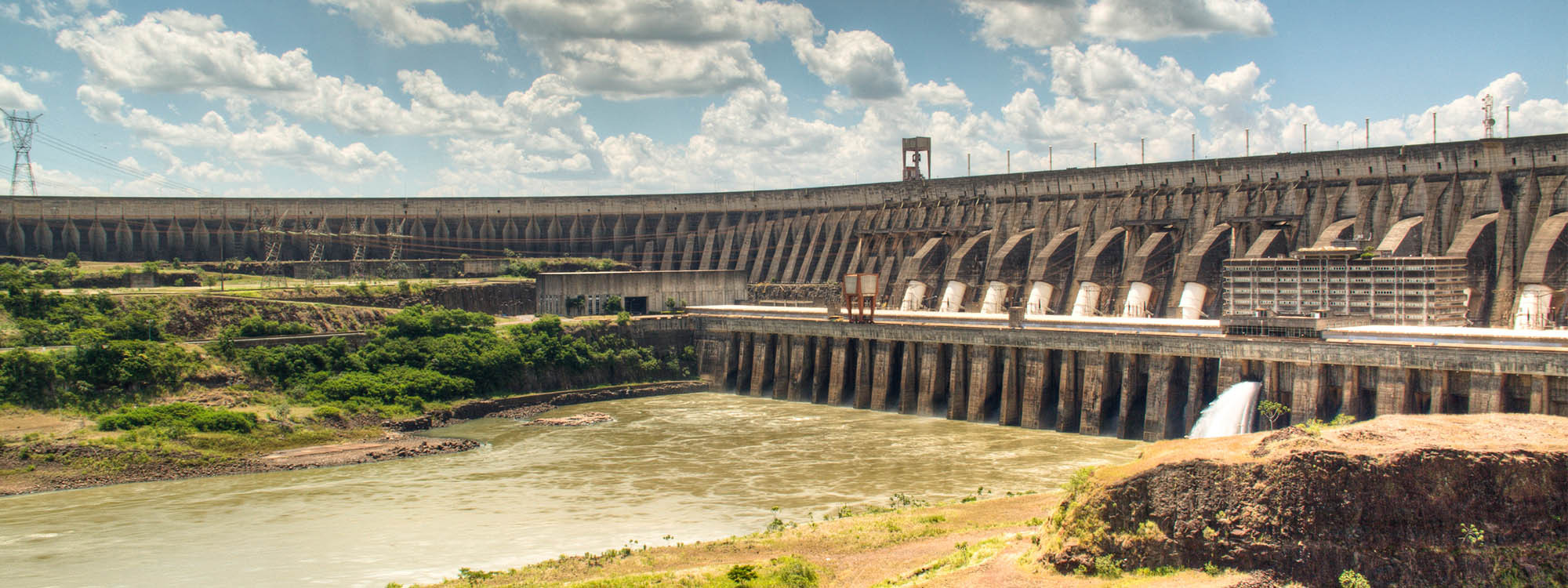- An Interview with Alex Hogeveen-Rutter
MHI sponsored a microgrid installation project in a remote community in Ladakh, India. A microgrid is a localized grouping of electricity sources that is able to disconnect from the traditional grid and operate independently. We interviewed Alex Hogeveen-Rutter (Business Development Representative — India) to learn more about the installation process and the benefits of a microgrid for this community.
Why did you want to participate in this project?
After reading about the project in IEEE Magazine, I though this would be a great fit for us to demonstrate our commitment to microgrids and rural electrification, and to get involved in a local initiative.
Generally, MHI focuses on large consulting projects. In this case, we set up sustainable electrification in a challenging and remote area, in a place where even public projects have been stalled due to isolation. This initiative allowed us to get up close and personal with the beneficiaries of rural electrification in a developing country.
How will a microgrid help to benefit this remote community?
Microgrids are installed in areas where it is difficult to set up access to electricity through traditional grids, or where reliability is important. Many activities, such as reading, studying, and cooking are now possible after sunlight hours. Other benefits include economic opportunities, such as tourism and handicrafts, as well as political engagement through communications with the outside world.
This microgrid is based off solar power, which will displace the burning of smoky kerosene and traditional biomass. In addition to cost savings (kerosene is quite expensive to transport to such a remote area) and reduced pollution, there will be local health benefits from reduced smoke inhalation.
Fundamentally, setting up the microgrid demonstrates the capability to provide electricity in even the most remote areas. MHI is dedicated to ensuring people all over the world have greater access to electricity. This project is a great example of working towards achieving that goal.
What was the installation process?
The first step was panel placement, which is influenced by the path of the sun and the shade caused by the mountains. It is important to maximize production during the lowest producing months, such as rainy seasons and winters. We used 5 250-Watt solar panels, with two 24 Volt, 100 Ampere hours lead acid batteries per solar microgrid.
Within the homes, we identified the placement of the LED (light emitting diode) lights, mobile chargers, and LED TVs with satellite access. Outside the homes, we identified the placement of streetlights in the most used or dangerous pathways. We then wired the equipment together, trying to minimize losses. MHI tends to work with much larger and more complicated grids, but there are similar engineering challenges in trying to use the electricity provided as efficiently as possible.
Finally, we connected the charge controllers and built the inter-house connections. At night, we tested the system, as a single-circuit grid. It was important to test every connection to ensure it was robust enough to withstand weather and shocks. Throughout the process, I tried to keep in mind MHI’s commitment to safety, efficiency, and reliability. To learn more about the microgrid installation, visit Alex’s Blog.

Other MHI projects in this region:
- India — Power Grid Pugalur – Trichur VSC HVDC project (2017);
- Nepal – Tanahu Hydropower Plant – project supervision consultant (2015-ongoing);
- Nepal – countrywide – dam safety advisory (2016).
MHI engineering consulting products in this region:
- Asian development bank — Asia sub-regional economic cooperation cross-border power trade development through new transmission interconnections;
- Asian development bank — assessment of Borneo power interconnections;
- MHI designs and supplies the dcLFL in India, where the following line fault locaters have been commissioned and installed:
- Ballia-Bhiwadi HVDC interconnect;
- Adani HVDC interconnect;
- Champa- Kurukshetra HVDC interconnect.

